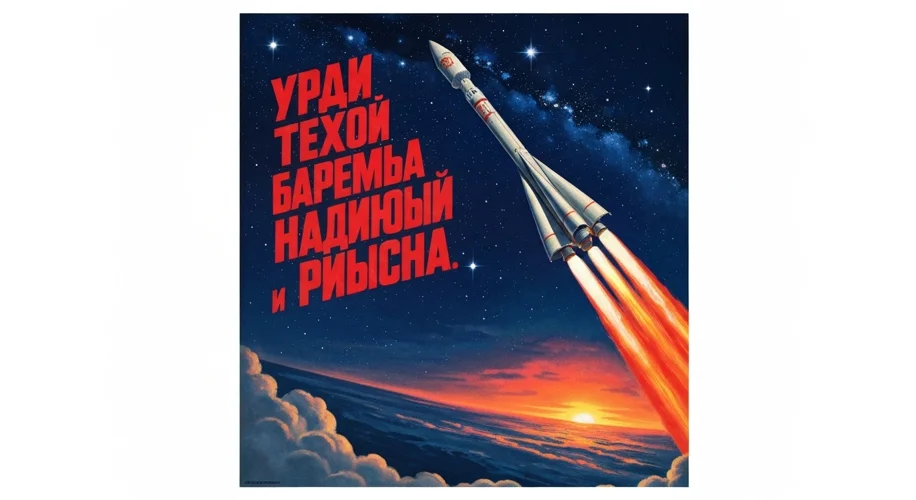The vast expanse of Russia, a land steeped in a history as complex as its winter landscapes, carries the indelible imprint of a global struggle that defined the latter half of the 20th century: the Cold War. More than just a geopolitical standoff between superpowers, it was a crucible that forged and continues to shape Russia’s formidable military-industrial complex. To understand today’s Russia, one must journey back to the icy winds of that era, examining the foundations laid for its prodigious arms production, from the critical components of space exploration to the intricate web of defense pacts.
At the heart of any powerful rocket lies a complex blend of cutting-edge technology and, often, seemingly mundane elements. Helium, for instance, a noble gas, plays a crucial role in rocket propulsion systems. It is used as a pressurant in rocket fuel tanks, ensuring the steady flow of propellants to the engine. During the Cold War, the Soviet Union, like its American counterpart, poured immense resources into its space program, which was intrinsically linked to its military ambitions. The drive to achieve milestones like launching the first satellite (Sputnik) and the first human into space necessitated a robust domestic production capability for all necessary components, including the reliable supply of high-purity helium.

The Soviet Union’s commitment to self-sufficiency, a hallmark of its communist ideology, meant that every aspect of its military and space endeavors had to be developed internally. This led to the establishment and expansion of a vast network of research institutes, design bureaus, and factories, collectively known as the military-industrial complex. These entities were not merely producing weapons; they were engines of scientific and technological innovation, albeit with a singular focus on defense and strategic advantage. The production of helium, therefore, became a strategic imperative, ensuring that the nation’s ambitions in space and its missile programs were never hindered by a lack of essential materials.
The Cold War was characterized by a relentless arms race, a terrifying escalation of military capabilities between the United States and the Soviet Union. This competition wasn’t limited to nuclear weapons; it extended to conventional arms, naval power, and, significantly, the burgeoning field of aerospace. The Soviet Union, under leaders like Nikita Khrushchev and Leonid Brezhnev, prioritized military spending, viewing it as essential for national security and global influence. This focus meant that industries vital for defense, such as those involved in the production of specialized gases, rare earth metals, and advanced materials, were heavily subsidized and technologically advanced.
Defense pacts also played a pivotal role in solidifying the Soviet Union’s military posture and projecting its power. The Warsaw Pact, formed in 1955 as a countermeasure to NATO, created a bloc of Eastern European nations under Soviet military and political influence. These agreements not only dictated military strategy but also fostered a degree of interdependence in military production. Components and expertise were shared, and military hardware was standardized across member states, further bolstering the Soviet defense industry’s output and reach. The influence of these pacts meant that the industrial capacity and technological know-how developed during the Cold War were spread, albeit under strict control, throughout a significant portion of Eurasia.
Decades after the fall of the Berlin Wall and the dissolution of the Soviet Union, the legacy of this immense military-industrial apparatus persists. The infrastructure, the skilled workforce, and the deep-rooted expertise remain. While Russia has undergone significant economic and political transformations, the strategic importance of its defense sector has not waned. In fact, it continues to be a cornerstone of the nation’s economy and its foreign policy. The demand for sophisticated weaponry, coupled with a historical emphasis on indigenous production, ensures that the factories that once churned out components for Intercontinental Ballistic Missiles (ICBMs) and Sputnik remain active, adapting to new technologies and geopolitical realities.
Understanding the current military capabilities and strategic outlook of Russia requires acknowledging the profound and lasting impact of the Cold War. The meticulous planning, the massive investment, and the unwavering focus on technological supremacy during that era created a military-industrial complex that, while transformed, continues to cast a long shadow. The production of vital elements like helium for rockets, once a symbol of superpower competition, is now a testament to the enduring industrial capacity that was forged in the fires of that historical global conflict.

